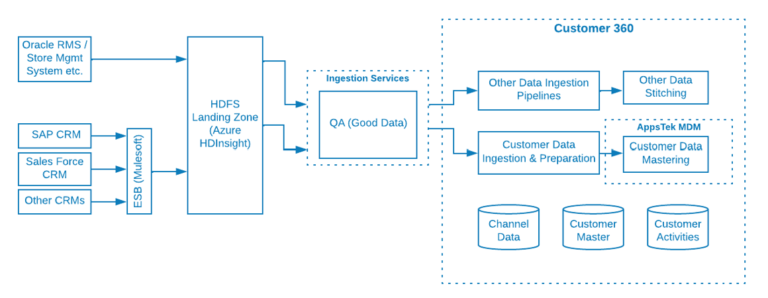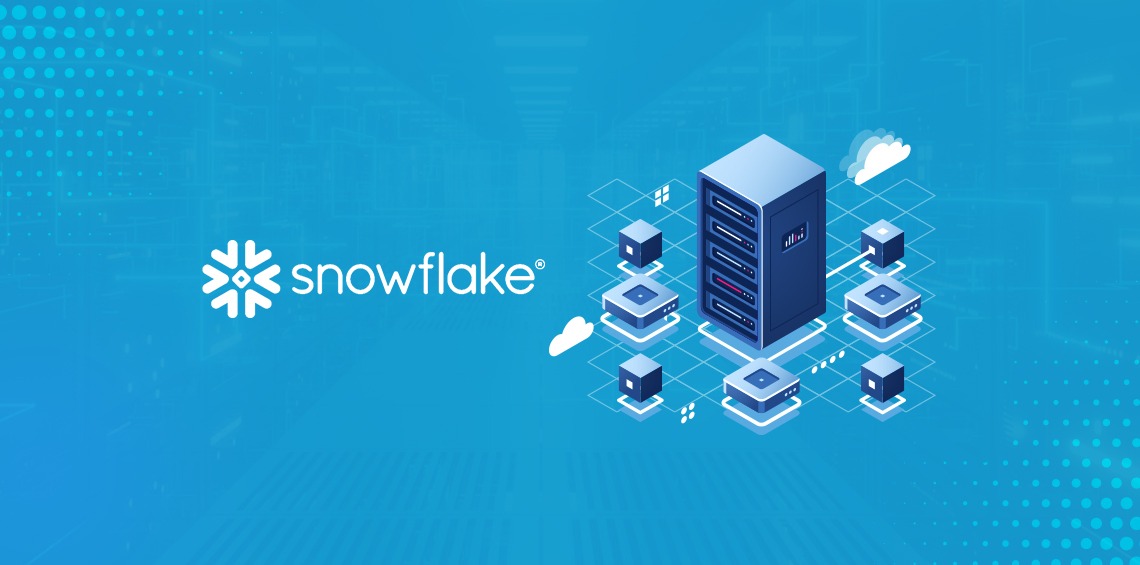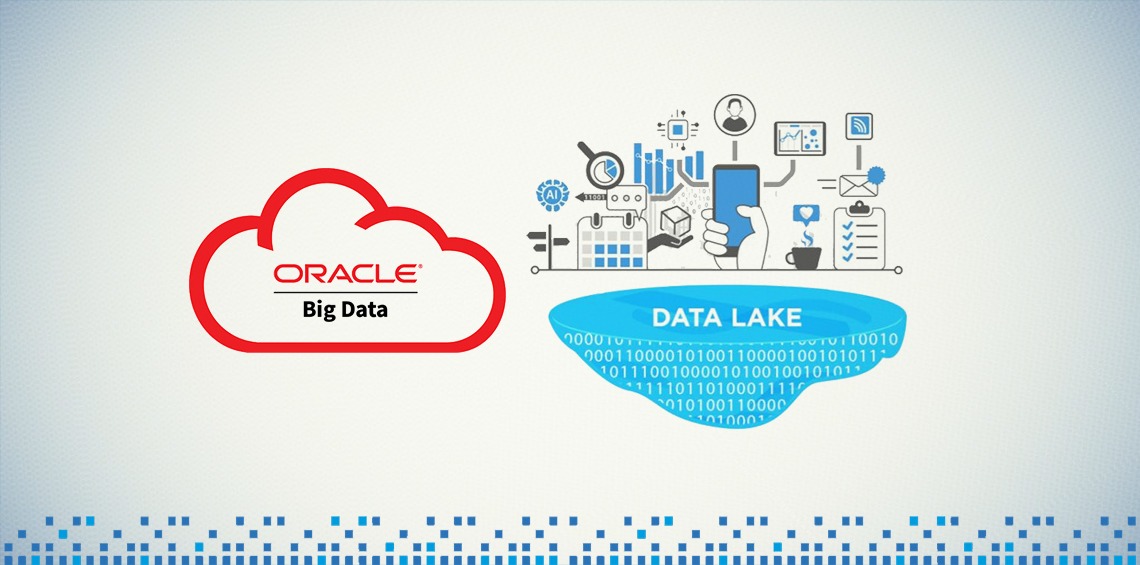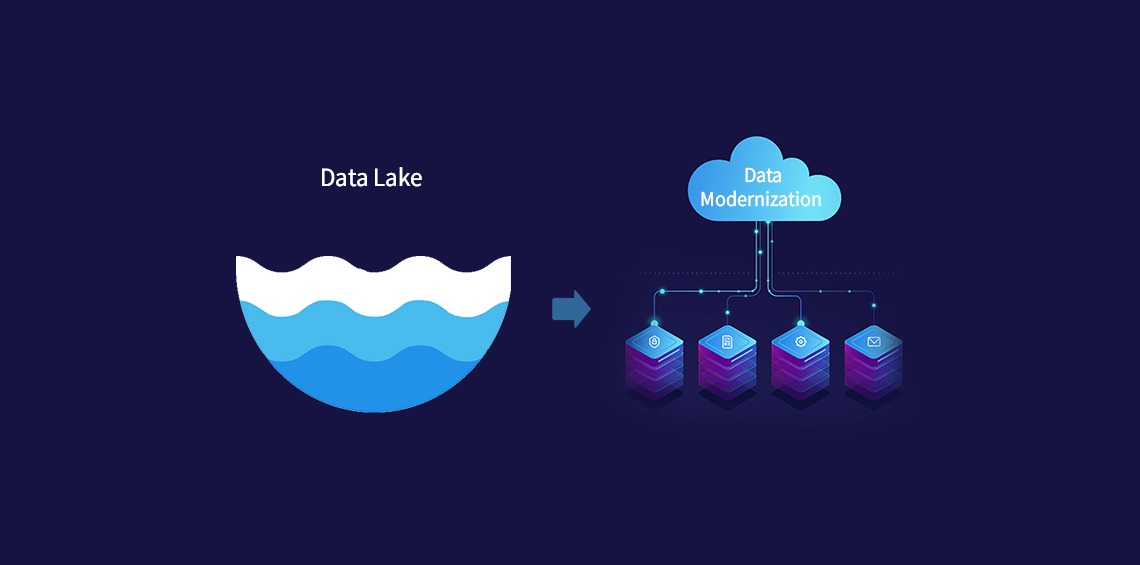Let’s talk about another interesting case study on deriving value from your Data Platform implemented. This time it will be a Customer 360 for a large Retail Organization.
Before we get into how we implemented the solution, I would like to throw more light on what’s this buzz word 360 all about. Essentially, we have data coming in from everywhere and how effectively we can solve the Data Puzzle depends on the effectiveness of the model we create:

Machine Learning Techniques help integrate customer data silos even in absence of unique identifiers. There are many Analytical Approaches you use such as:
- Probabilistic Matching
- Data Clustering
- Classification Techniques
- Rule-based Algorithms
- Reinforcement Learning
Let us understand the above with the help of common examples:
Probabilistic Matching – To master different records using attributes such as First & Last Name, Tel No., Email id etc. to create a Golden Record
Data Clustering – When you try and group customers having same purchasing habits
Classification Techniques – To identify a group of customers who will churn or default on a loan payment
Rule-based Algorithms – To predict a particular outcome based on findings e.g., Doctor can come up with a specific diagnosis based on symptoms seen in the patient
Reinforcement Learning – A goal-oriented learning based on interaction with the environment e.g., a toddler learning to walk looking at others, trying to replicate their action with a determination to succeed.
The model we created used a combination of some of the above techniques to uniquely master customer data and create golden records for the customer which were then used as a single version of truth.
The process as depicted below, used the concept of Match –> Merge –> Master after the Data Ingestion & Transformation was carried out.

Once you create Golden Records for the Customer, you then stitch the records with the details found through other data sources to create a Customer 360 as shown below:

Let us now go back to the retail organization to understand how this use case was implemented. The organization carrying elite brands in Beauty, Fashion and Gifts wanted to implement a system that will allow them to manage their customers across the value chain. In short, they wanted to know everything to effectively position their products and earn more revenues.
The first step was to implement a Data lake and ensure all the relevant data has been brought in. Their transactional systems included an Oracle Retail (RMS) solution and a SAP CRM solution. There were multiple other CRM solutions which individual brands had implemented and hence data was all over. To make it more complex, they were also in the process of implementing a MuleSoft solution for an Enterprise Service Bus and hence we had to bring in the data in some cases directly through the transactional systems and in other cases through their service bus.
The second step was to build automated data pipelines and carry out transformations to bring relevant data into the Data Lake.
The third step involved building a Customer Master Data Management (MDM) solution to create golden records for their 2 million customers across different CRM solutions.
The final step was to stitch the data coming in from transactional systems as well as other data sources with the customer golden records to create a Customer 360.
The solution was implemented using Azure HDInsight and the architecture was as below:

The organization benefitted immensely as a part of their Customer 360 solution as they were able to effectively carry out the following:
- Targeted and Contextual Marketing – which led to more cross-sell and up-sell opportunities
- Intelligent Pricing & Offers – helped them get better of their competitors and earn more revenues
- Customer Behavior Analytics – Knowing their high-value customers, what motivates them to buy more, best time to reach out to them, which customers may attrite a specific brand ? Most effective communication channel etc.
- Loyalty and Campaign Analytics – Enrolment stats by Brand / Store / Market; tier wise loyalty points / redemption / expiry; right customers to target for specific product and expected conversion, pre-campaign & post-campaign measurement; incremental ROI etc.
In conclusion, building a good data platform is critical to ensure you know what data to store, its lineage, where it lies and importantly what it means to business. Implementing a Customer 360 solution can help organizations a long way in retaining and satisfying existing customers, acquire new customers, exploit their lifetime value and ensure they are able to maximize their share of customer’s wallet!
Parag is the Global – Technology and Delivery Head with over 3 decades of experience in IT. His experience spans across Oracle and SAP, Hyperion, Data Platforms (Data Warehouses / Data Lakes) & Analytics. Played a critical role in implementing technology and business solutions across Finance, Retail, Consulting, Aviation, Telecom and IT sectors.




